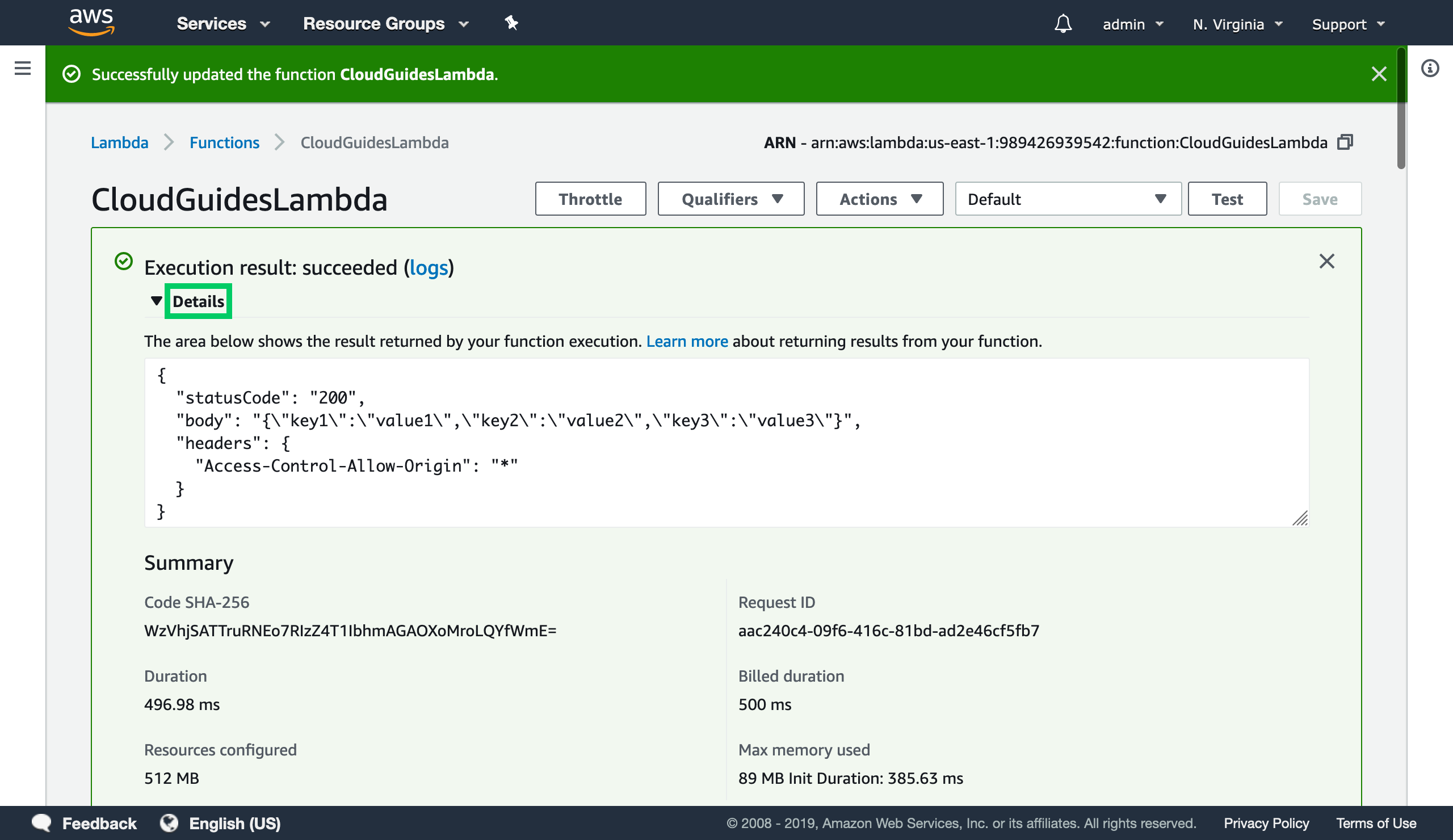
CLOUD NATIVE JAVA VIDEO TORRENT HOW TO
By the end, you will understand how to build and monitor a scalable, resilient, and robust cloud native application that is always available and fault tolerant. You’ll also learn how to migrate an existing monolithic application into distributed cloud native applications.

Finally, you’ll take a look at API design concerns and their best practices. Gradually, you will move on to configuring the AWS and Azure platforms and working with their APIs to deploy your application. You will learn about design patterns specific to applications running in the cloud and find out how you can build a microservice in Java Spring using REST APIs You will then take a deep dive into the lifecycle of building, testing, and deploying applications with maximum automation to reduce the deployment cycle time.

It will be your one stop guide to building cloud-native applications in Java Spring that are hosted in On-prem or cloud providers - AWS and Azure The book begins by explaining the driving factors for cloud adoption and shows you how cloud deployment is different from regular application deployment on a standard data centre. If you’re a Java developer who wants to build secure, resilient, robust, and scalable applications that are targeted for cloud-based deployment, this is the book for you.

For this, they need to be aware of the environment, tools, and resources they’re coding against. This means developers now are faced with the challenge of building build applications that are native to the cloud. In this talk, we’ll look at how high performance organizations like Ticketmaster, Alibaba, and Netflix make short work of that complexity with Spring Boot and Spring Cloud.Highly available microservice-based web apps for Cloud with Java Key Features Take advantage of the simplicity of Spring to build a full-fledged application Let your applications run faster while generating smaller cloud service bills Integrate your application with various tools such as Docker and ElasticSearch and use specific tools in Azure and AWS Book Description Businesses today are evolving so rapidly that they are resorting to the elasticity of the cloud to provide a platform to build and deploy their highly scalable applications. Microservices invite architectural complexity that few are prepared to address. But velocity, for velocity’s sake, is dangerous. In order to reduce the round-trip between stations of work, organizations collapse or consolidate as much of them as possible and automate the rest developers and operations beget “DevOps,” cloud-based services and platforms (like Cloud Foundry) automate operations work and break down the need for ITIL tickets and change management boards.
CLOUD NATIVE JAVA VIDEO TORRENT SOFTWARE
Organizations break their larger software ambitions into smaller, independently deployable, feature -centric batches of work: microservices.

Software - for many organizations and industries - is a competitive advantage. It’s critical to reduce time-to-production. Work takes time to flow through an organization and ultimately be deployed to production, where it captures value.


 0 kommentar(er)
0 kommentar(er)
